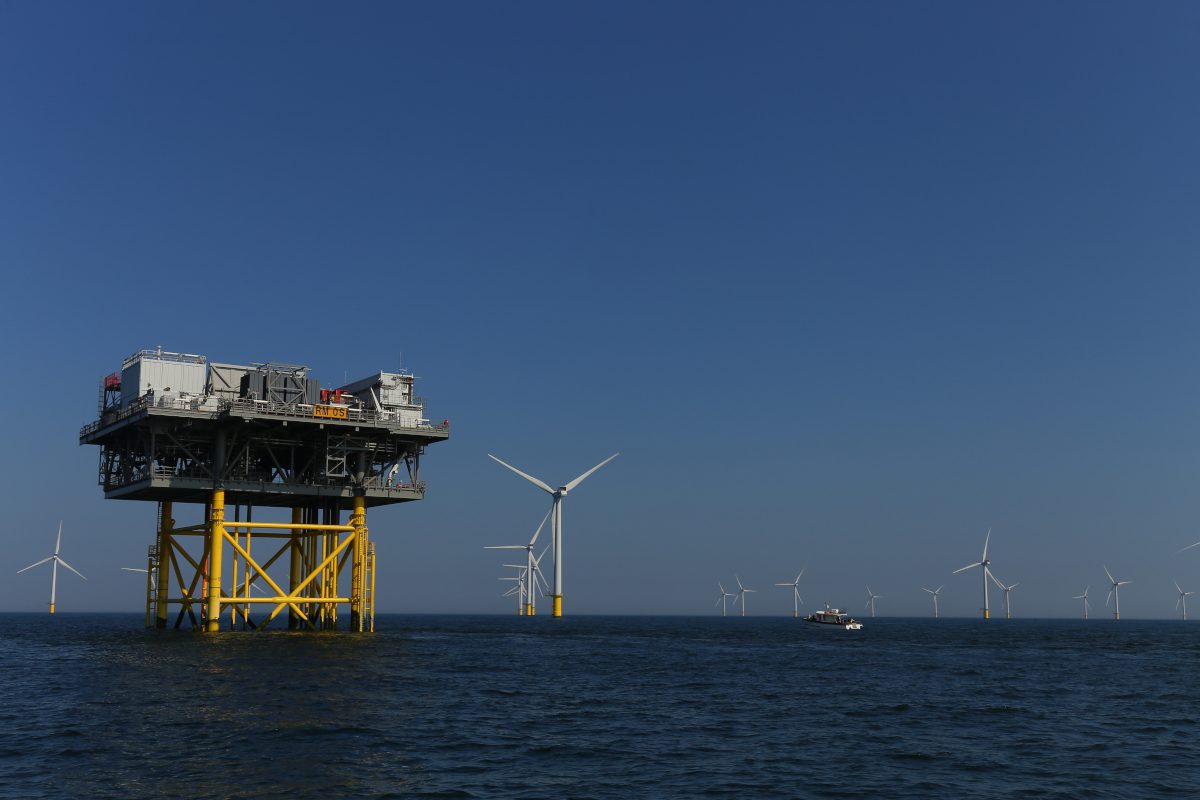
A not too long ago printed research from the College of Aberdeen presents a brand new strategy to evaluating the ecological impacts of offshore actions.
By integrating a dynamic ecosystem mannequin with a complete ecosystem companies database, the workforce, which incorporates researchers from the Plymouth Marine Laboratory, goals to precisely forecast the environmental penalties of fisheries displacement and broader ecosystem-level modifications ensuing from offshore wind farm improvement.
The scientists says that this new methodology could have the flexibility to assist marine spatial planners to stability and minimise conflicts and tensions amongst current and future deliberate marine makes use of of pure sources.
The proposed methodology additionally supplies an strategy to integrating the relative worth of Marine Internet Acquire (i.e a conservation strategy that ensures human actions in marine environments end in a measurable web optimistic influence on biodiversity) interventions by way of wider Pure Capital Accounting. The group mentioned this can additional progress understanding of ecosystem companies and market-based approaches which is able to allow stakeholders to entry and examine international research on the environmental and socio-economic outcomes of offshore wind farm developments.
Dr Neda Trifonova from the College of Aberdeen and lead creator of the research mentioned: “The fast growth of offshore wind farms is a key part of worldwide decarbonisation efforts. Nonetheless, within the race to attain Internet Zero, it’s important to make sure that we don’t inadvertently create new environmental challenges. Our research presents a methodological roadmap designed to assist sustainable and evidence-based marine administration and offshore renewable power insurance policies.
“Given the twin pressures of local weather change and spatial conflicts with current industries akin to fishing, our strategy goals to boost decision-making by balancing environmental and socio-economic trade-offs. We suggest using dynamic ecosystem modelling to tell a threat evaluation framework, supported by a complete ecosystem companies database.
“On the coronary heart of our methodology is supporting a nature-positive strategy—a conservation precept that ensures human actions in marine environments end in a measurable web acquire for biodiversity and ecosystem companies.”
This mission was funded by the Pure Setting Analysis Council (NERC) and The Crown Property (TCE), a part of the ECOWind Programme, in addition to the UK Power Analysis Centre. The research is printed in BES Ecological Options and Proof.



